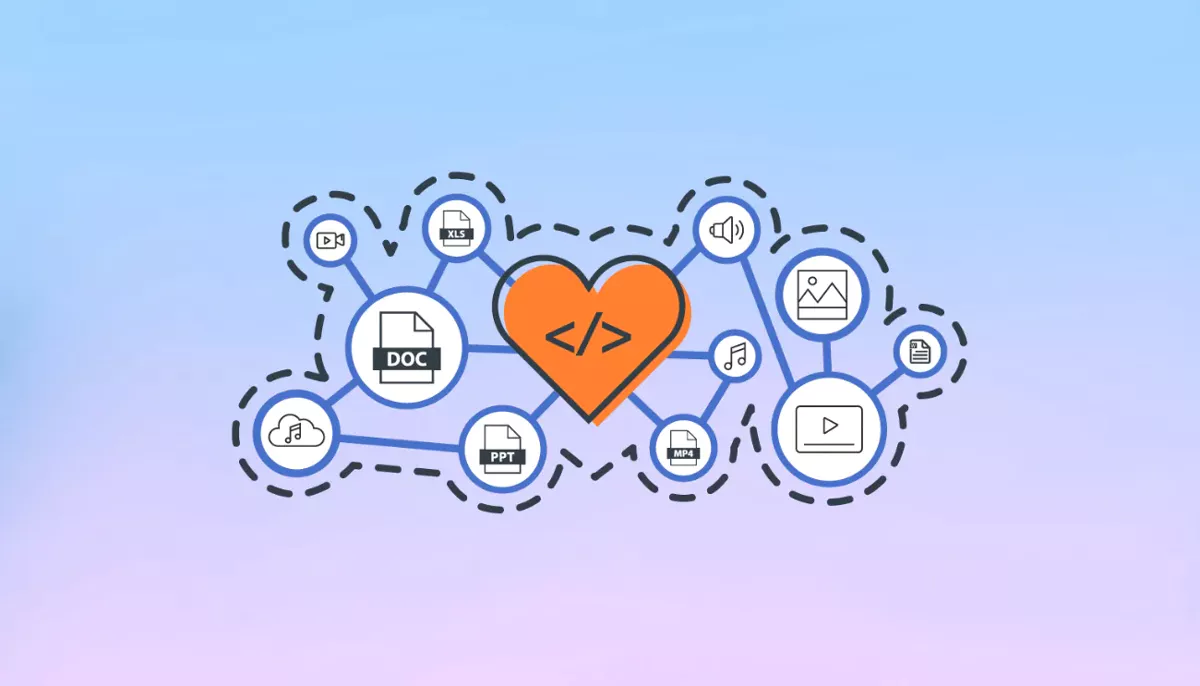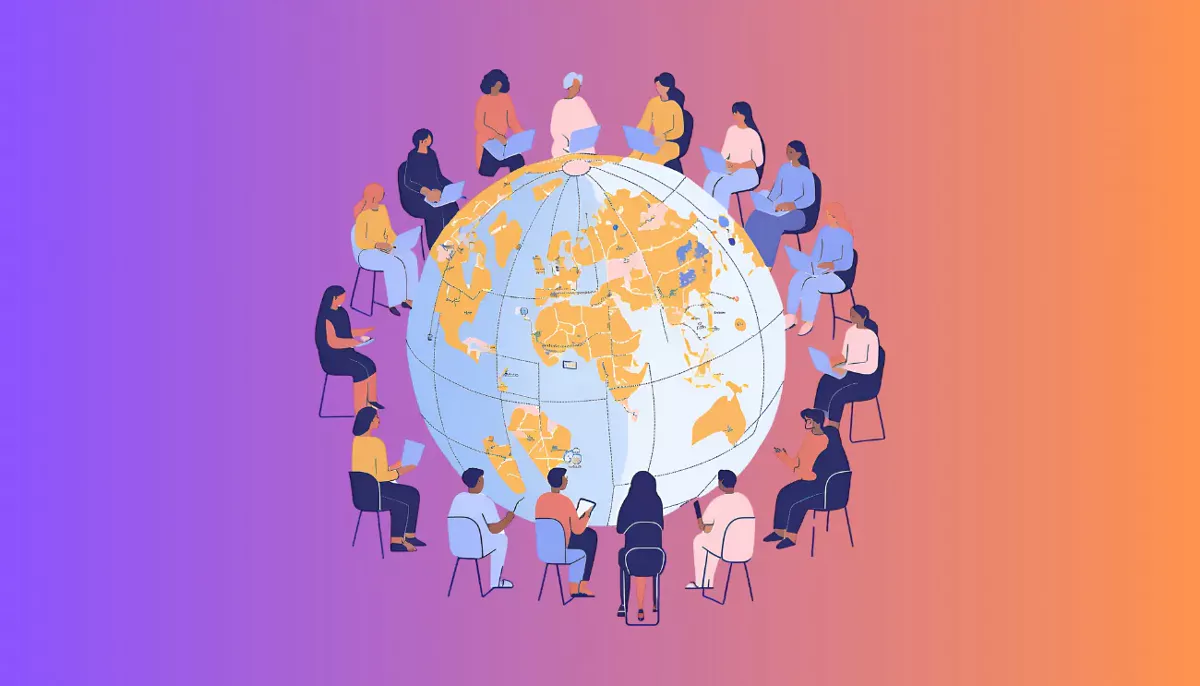
BLOG
Microsoft Upping its Inclusive Content Game
Microsoft opens up Office documents to everyone with its newest game-changing component, the Accessibility Assistant
April 18, 2023
Reading time: 5 min
|
Inclusive Design
Accessibility and the concept of creating inclusively designed digital assets have been around for a long time. While the concepts and practices were established long ago, most implementations have focused on ‘page’ content, whether on public websites or corporate intranets. While these inclusive strategies have greatly improved the web-based landscape, unfortunately an even larger portion of digital content has been left behind and inaccessible: documents.
Is accessibility of documents really an issue? Well, in January 2022, WorldWideWebSize.com estimated that there are at least 6.25 billion indexed web pages out there. While that is a lot of content that ‘could’ be accessibility compliant, the estimated number of Word, Excel, PDF and other such documents in the world is in the trillions, and those – which we use almost every day – have very little compliance built into them. When High Monkey typically does an accessibility audit on a customer’s website or intranet, we typically find a lot of accessibility issues ranging from color contrast issue (most common), bad tags, poor page structure, and other similar matters. While accessibility issues can be very prominent on these websites, they are relatively minor compared to looking at the documents within them. For most organizations, their number 1 accessibility issue is the format and content of documents vs. web pages.
Why are documents ignored? Well, there are several reasons for this, and none of them are very good.
First, and probably most importantly, there are so many more documents than web pages out there. We all create and consume documents every day and are constantly making changes to what they contain. Most organizations have a small number of contributors providing content for their website, whereas the number of document creators is infinitely more. So, more people creating content means more content that can be created with accessibility issues.
Second, the tools to help us avoid these issues are few and far between, and for the most part ‘suck’. Innovation in accessibility tools has mostly focused on page-based content and delivery across the web and has spent a lot less time focusing on documents and other content that is not delivered in this manner. As a result, there is a significant need for more accessible document tools, which could greatly improve accessibility for those who rely on them, which brings me to the last reason. Those tools that do tackle document accessibility tend to provide inadequate information, cryptic interfaces and post-creation support. Where many tools have gotten better about helping us identify accessibility issues, existing features to help non-savvy creators tackle these issues in an easy, consistent manner are virtually non-existent.
Microsoft, and other large tech companies, have not been known for being trend setters in the area of digital accessibility. Many have taken a backseat and let the advocacy and non-profit sectors innovate in the area and provide better guidance and tools. With Office Suite being synonymous with content creation inside most organizations, this lack of focus inclusive needs has not gone unnoticed. Fortunately, Microsoft is finally recognizing the importance of creating inclusive content and accessibility checking in the Office suite and has built a tool set that is worthy of the challenge.
Microsoft is rolling out a new accessibility assistant for Microsoft 365 that helps users create inclusive content with ease. This feature uses artificial intelligence and machine learning to identify potential accessibility issues in documents and presentations and provides suggestions for making them more accessible. This is a significant step forward for Microsoft, as it demonstrates their increased commitment to creating an inclusive digital world for all.
The new accessibility assistant is a powerful tool for content creators, making it easier for them to ensure that their content is accessible to everyone. It helps to identify issues such as low contrast text, missing alternative text for images, and inconsistent heading styles. Additionally, the assistant provides suggestions for how to fix these issues, allowing users to create more inclusive content without needing to be an accessibility expert. I am especially excited about the ways the accessibility assistant can provide inline checking and real-time suggestions on fixes. If you watch the video from the linked blog post, you will see how Word will provide creators with the tools to quickly modify their content to make it more inclusive. This, in my professional opinion, is one of the biggest missing pieces out there in the content creation world and something that was sorely needed.
Microsoft has also made significant improvements for those who access written documents, such as some of its new innovations with its screen reader, Narrator, making it more powerful and easier to use. Narrator is now more accessible, with improved keyboard navigation, support for more languages, and the ability to read text aloud in different voices. These improvements make it easier for people with visual impairments to access digital content within documents.
Overall, Microsoft's growing commitment to creating inclusive content and improving accessibility in its Office products is commendable. By making it easier for creators to create accessible content, Microsoft is helping to make the digital world more inclusive and accessible for everyone. The new accessibility assistant is just one example of the company's dedication to creating a more accessible future for all. As someone who is passionate about building inclusive experiences for our customers, I am excited to see Microsoft move more in this direction and look forward to seeing how people use this new toolset going forward.
Where Microsoft’s new accessibility assistant is currently available only to Office Insider program members, hopefully it will be released for general consumption in the next few months.
If you would like to learn more about how to up your inclusive content creation game or want to learn more about how your organization can be more compliant, feel free to reach out to us and learn how High Monkey could help you out on this journey.
NOTE: This post was written with the help of ChatGPT, but is still an original work. Did ChatGPT write the post? No, as with other posts, I asked it to get me started and I took it from there. I found I am a much more efficient writer when I don’t have to start all the words, but instead ‘edit’ what was written to fit my style and overall purpose. I also fact check any facts the AI claims before publishing. AI is the future and where I am an older fuddy duddy, I realize it has its purpose for people and I think I found mine.
Latest Blogs

| CMS & Custom Development
Using AJAX and MVC for Filtering and Paging a Directory
Learn how to build a dynamic resource directory with AJAX and MVC, featuring filtering and paging for a seamless user experience.
June 5, 2025
Reading time: 8 min

| Inclusive Design
Why Accessibility Isn’t Optional: Celebrating GAAD at High Monkey
Recognizing Global Accessibility Awareness Day with resources, insights, and episodes from our podcast that promote inclusive digital experiences.
May 15, 2025
Reading time: 3 min

| News
High Monkey at ACCELERATE 25
High Monkey had a blast at ACCELERATE 25! See what we shared, who we met, and how we’re helping credit unions improve their digital experiences.
April 24, 2025
Reading time: 2 min
Your success story starts here
Contact us for a free consultation, and let’s work together to build a strategic plan that tackles your challenges and lifts your organization to a new level.

